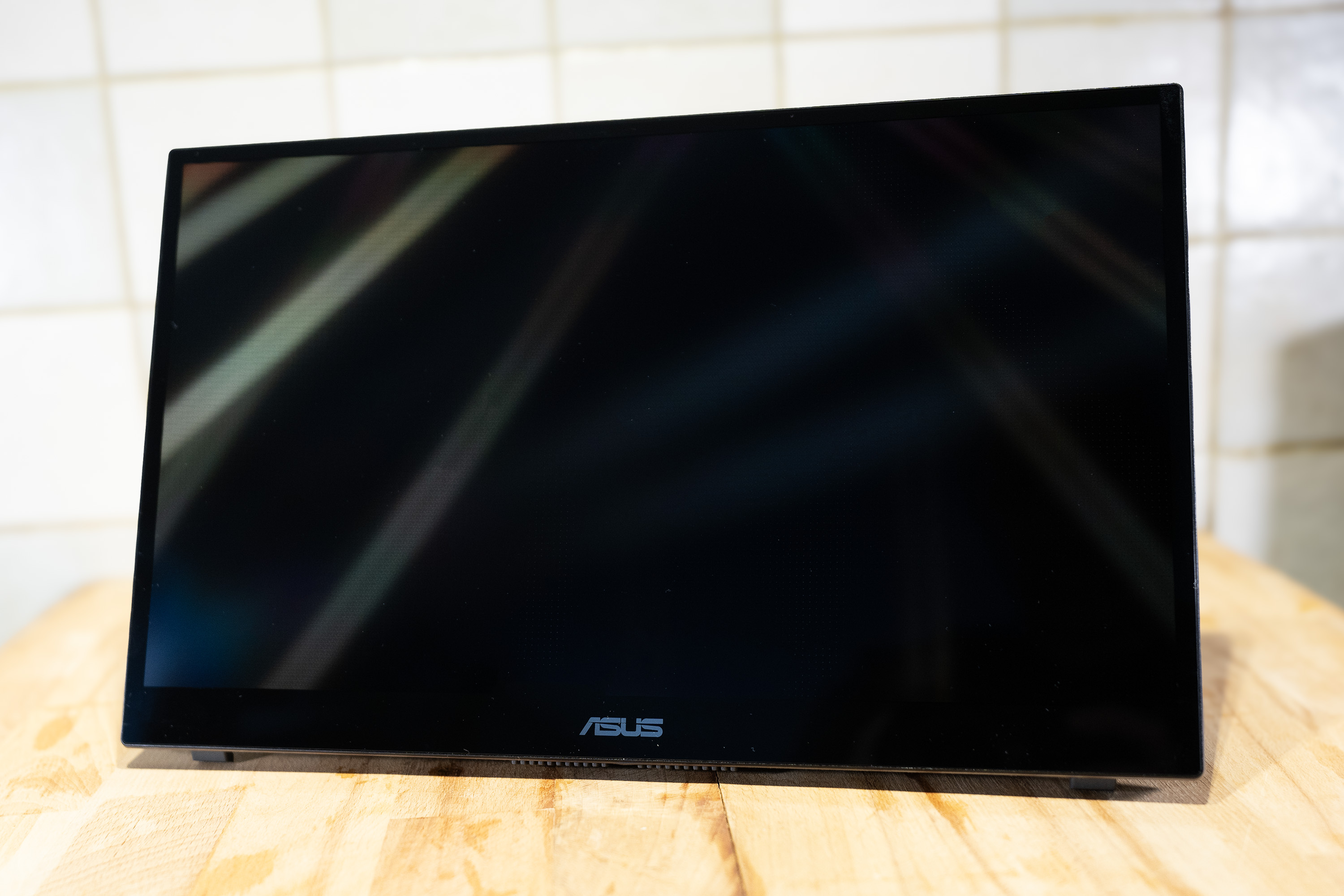
Trilogies are so hot right now, with everything from blockbuster movies to sci-fi novels and even gardens of earthly delights coming in packs of three, and Creative Bloq has not been left behind. This review makes up the third and final part (until the inevitable prequels) of a trilogy of ASUS portable monitor reviews. One was an OLED. One had a battery. And this one... is a touchscreen!
It even comes with a stylus, and that’s going to endear it to the devoted CB demographic out there, who are probably more familiar with pen input than any other apart from readers of Fountain and Ballpoint Magazine (incorporating Quill Quarterly).

ASUS ZenScreen Ink MB14AHD review: Key specifications
ASUS ZenScreen Ink MB14AHD review: Design and build
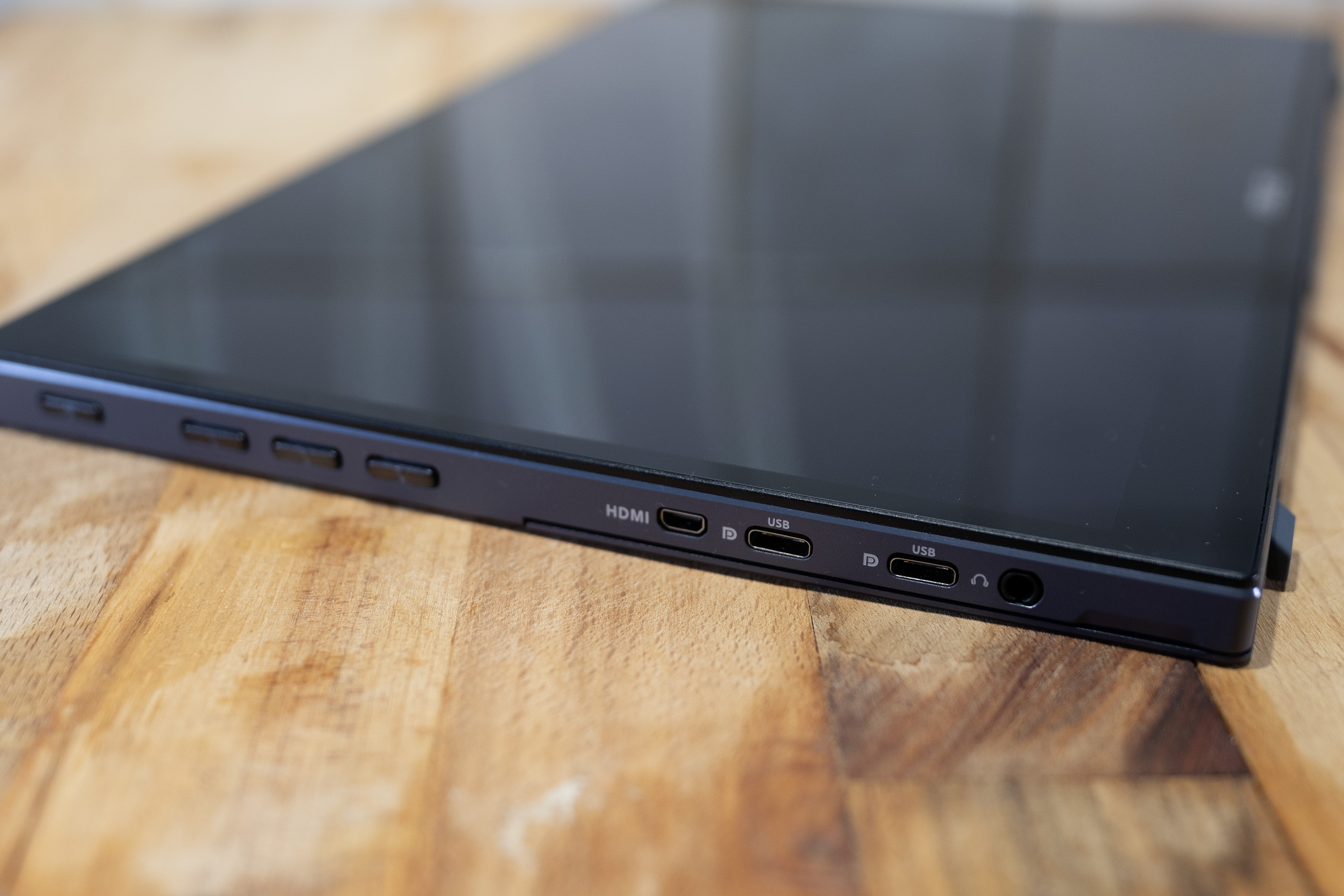
These ASUS portable monitors are always nicely built. This one has a built-in stand and a tripod mount, plus a pair of USB-C ports and a Micro-HDMI. You’ll still need an adapter, but this port alway seems like a better choice than the half-way house of the Mini HDMI. The bezels are slim, the logo is silver, and the ZenScreen Ink comes with a grey fabric case that’s similar enough to an envelope for you to be able to do a Steve Jobs impression, revealing the MacBook Air on stage in 2008.
Slip it out, and it’s a reserved design, corporate grey with all the buttons and inputs down one side. There's a stand that folds out from the back, and which can be rotated through almost (but not quite) 180°. This stand also allows the screen to stand vertically.
The stylus is black, both thicker and shorter than an Apple Pencil but with the same single flat side for magnetic attachment – but not for charging. No, the stylus is powered by a slim battery, an AAAA (a size we’re not sure we even realised existed), and you’ll have to provide one yourself. The end of the pen screws off, revealing a battery compartment with a spring to hold the cell in place. This is not great, given the rechargeable pens on the market, but does at least allow you to replace the battery quickly and get on with what you were doing rather than waiting for a charge to complete.
There's a button at about the point your finger would naturally rest on the shaft, and the tip resembles that of a fibre-tip pen. Microsoft Pen Protocol 2.0 is supported, so you can use it natively in Windows, but you’ll need to connect via USB-C to get it to work. The stylus and touchscreen only work with Windows PCs, so Mac users are left to use it as a plain old monitor if they connect to it.
There are four buttons along the side of the screen for controlling the OSD, and they’re unmarked apart from the top one which is the power switch. This is a bit annoying, as while ASUS is capable of making an easy-to-use menu system – as we saw with the mini joystick control on the ZenScreen Go – stabbing at buttons to discover what they do, then trying to remember that three levels deep in a menu, is sub-optimal.
ASUS ZenScreen Ink MB14AHD review: Performance
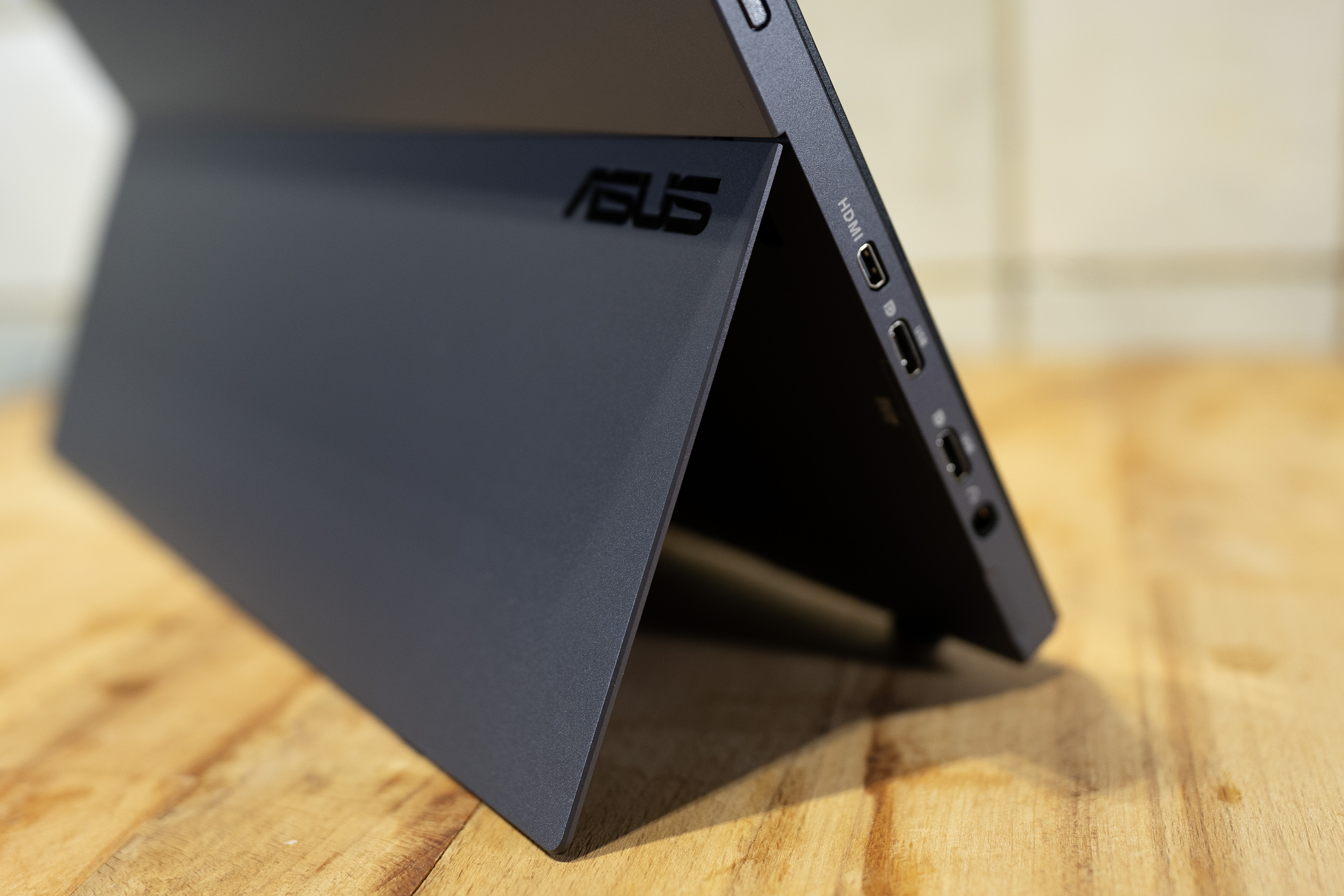
As an IPS screen, we can expect decent performance from the ZenScreen ink. A 1080p resolution in a 14-inch form factor gives a decent pixel density, meaning a sharp picture, and the viewing angle is pretty good at around 170°. That’s the good stuff.
ASUS doesn’t give colour response figures for the screen on its website, and there's a reason for that. Under testing with our colourimeter, the ZenScreen Ink managed just 62% of sRGB, 47% of AdobeRGB, and 47% of P3. This clearly isn’t a screen for colour-critical print design work, though it may still have a use alongside a calibrated display. Strapped into the chair for interrogation, it managed to squeeze out a little more than the specified 220 nits of brightness, peaking at 240 nits, but it’s still not a particularly bright screen, and a little more light output could have made up for the poor colour response.
ASUS ZenScreen Ink MB14AHD review: Price
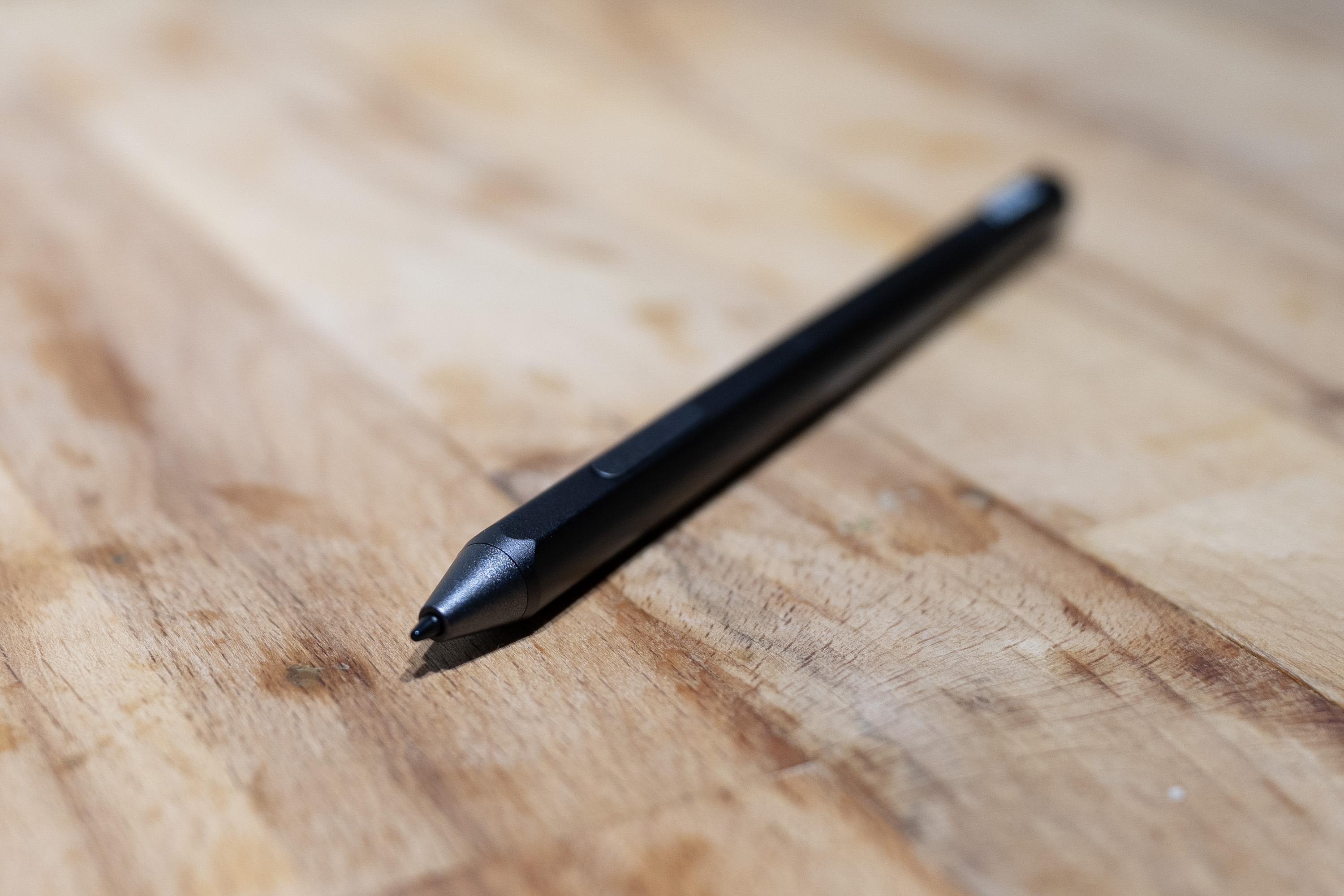
At the time of writing, the ZenScreen Ink retails for £399 in the UK.
Should I buy the ASUS ZenScreen Ink?
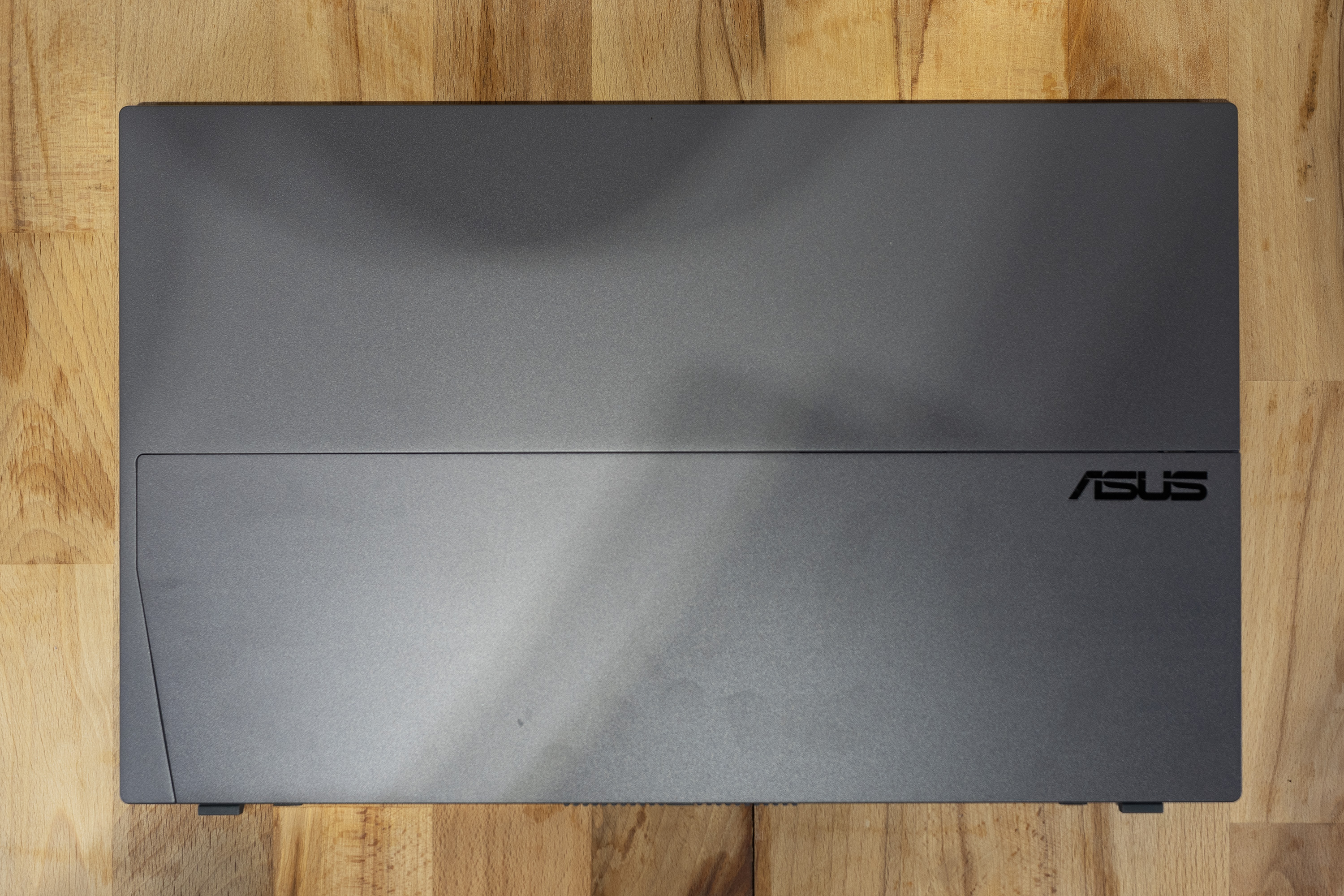
If you’ve got a Mac, then no. There are much cheaper portable monitors out there to accompany your MacBook, and you’d be paying for functionality you’ll never use. If you’re a Windows user with the right kind of connections on your PC to use all its features, and you don’t mind shelling out a few quid for an AAAA battery, then this external, portable touchscreen makes an intriguing proposition, allowing you to fullscreen Photoshop or Painter and work on a composition with the stylus. It may not be a complete replacement for a graphics tablet, but as a portable monitor or second screen to a colour-corrected main display, with extra functionality, it does a good job. We just wish it was brighter.







